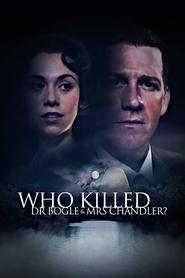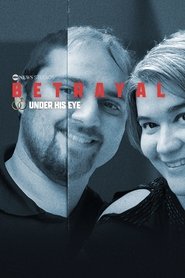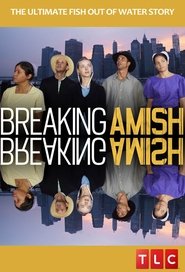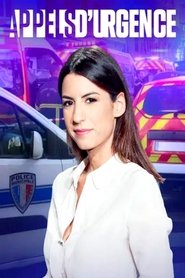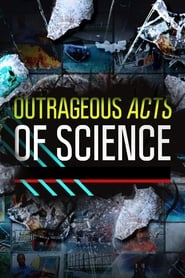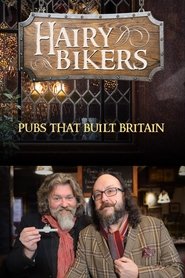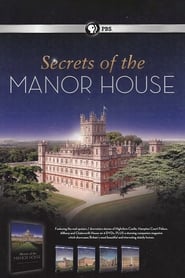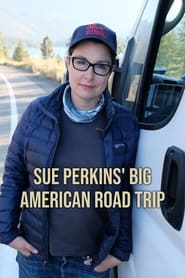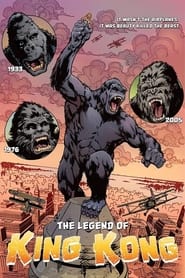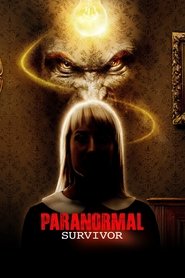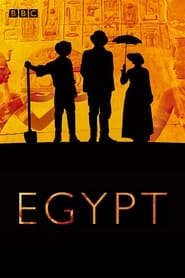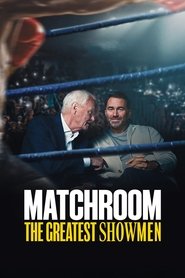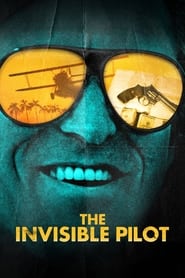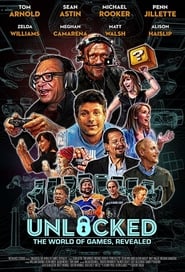Popular Documentary TV Shows on Pantaflix - Page 158
-
Who Killed Dr Bogle and Mrs Chandler?
2006
star 6.5Who Killed Dr Bogle and Mrs Chandler? is an Australian documentary film about the mysterious deaths of Dr Gilbert Bogle and Mrs Margaret Chandler in Sydney, Australia in 1963. Although it was assumed the couple were murdered, police investigators could find or produce no evidence that it was actually murder. The documentary, directed and written by Australian documentary film maker Peter Butt, presents unique evidence to suggest the couple died from hydrogen sulphide poisoning emanating from a river. -
Betrayal
2023
Betrayal
2023
star 6.1Betrayal details real-life fairytales gone horribly wrong, cautionary tales of deceitful relationships that have destroyed the lives of those involved. -
Breaking Amish
2012
Breaking Amish
2012
star 5.9Temptations abound as a group of young Amish explore life beyond their Amish culture. Ultimately, they will make the biggest decision of their lives – to remain Amish/Mennonite or become English and face the consequences of being shunned by their family and friends. -
Appels d'urgence
2002
Appels d'urgence
2002
-
Outrageous Acts of Science
2013
star 6.4Scientists and amateurs conduct experiments and post their exploits online. Each episode counts down 20 popular Internet videos and explains the science behind them. -
Teen Mom: The Next Chapter
2022
star 8.1The casts of Teen Mom OG and Teen Mom 2 are each currently in different stages of motherhood - some have kids in diapers, while others are now parenting teenagers! But they all share the unique experience of momming so young. For the first time, the moms and all their stories will be brought together in one supersized series that focuses on the unique bond this "Mom Group" shares as they face the reality of parenthood and adulting while entering this next phase of life together. -
The Hairy Bikers: Pubs That Built Britain
2016
star 8The Hairy Bikers take their charm and humour on the road as they encounter brilliant, eccentric and fascinating people across Britain whose lives surround the nation’s pubs. Their epic journey will take them into the secret world of the pubs that made Britain. From the first Roman taverns, to Anglo Saxon alehouses which sprung up in peoples’ homes, and the travelers Inns providing respite for a more mobile population, they’ll reveal the fascinating story of how Britain’s pubs evolved - but also tells a bigger story of Britain itself. -
Secrets of the Manor House
2012
Exactly 100 years ago, the world of the British manor house was at its height. It was a life of luxury and indolence for a wealthy few supported by the labor of hundreds of servants toiling ceaselessly "below stairs" to make the lives of their lords and ladies run as smoothly as possible. It is a world that has provided a majestic backdrop to a range of movies and popular costume dramas to this day, including PBS' "Downton Abbey." But what was really going on behind these stately walls? "Secrets of the Manor House" looks beyond the fiction to the truth of what life was like in these British houses of yesteryear. They were communities where two separate worlds existed side by side: the poor worked as domestic servants, while the nation’s wealthiest families enjoyed a lifestyle of luxury, and aristocrats ruled over their servants as they had done for a thousand years. -
Sue Perkins' Big American Road Trip
2022
star 3.5Sue Perkins experiences the modern phenomenon of #vanlife in the USA, as she campervans across California and Colorado to discover the highs and lows of life on the road. -
The Legend of King Kong
2022
You think you know Kong? Think again. Explore the wonders of Skull Island with over 30 interviews compiled by director Tom Grove. With a run time of 250 minutes, this docu-series goes into detail about every aspect of Kong’s cinematic history. -
Paranormal Survivor
2015
Paranormal Survivor
2015
star 7.9A chilling series in which survivors of a paranormal experience relive their harrowing encounter. -
Feuer & Flamme
2017
Feuer & Flamme
2017
star 9.6This documentary series follows emergency services from various fire stations in the Ruhr area up close and portrays the people in their grueling everyday working life. -
Egypt
2005
Egypt
2005
star 8.3Television drama serial about various archaeological discoveries taking place in that country's history, with the occasional 'flashback' scene involving actors portraying the ancient Egyptians themselves. -
Matchroom: The Greatest Showmen
2025
Matchroom is home to the biggest names in sport - from snooker to darts to fishing to boxing - and is the epicentre of some of the most lucrative deals and sporting events globally. With unprecedented access to Barry Hearn, his son Eddie and the whole Matchroom team at the Essex based HQ, this documentary series will dive into the drama of the family empire that has become synonymous with British sporting culture. -
American Genius
2015
American Genius
2015
star 6.4Behind every great genius was a great rival - an unstoppable adversary whose incredible vision, determination, and ambition is their match. Out of their struggles came the world's most brilliant inventions, the spoils of the heated battle between competitors. -
Painting Birds with Jim and Nancy Moir
2023
star 10Comedic ornithological series, Painting Birds with Jim and Nancy Moir will follow prolific artist Jim and his wife Nancy as they explore some of Britain’s best beauty spots, joined along the way by a few famous friends. Their challenge? Create an original piece of bird art celebrating the unique species native to that region over the course of a weekend. Accompanied in each episode by local twitchers, artists and conservation experts, Jim, and Nancy will be guided through forest and fen as they venture through wild countryside and local bird sanctuaries to gather inspiration. They’ll spend meditative weekends sketching and painting their feathery subjects, tackling everything from grouse to goshawks and bitterns to bearded tits. -
Planet Sex with Cara Delevingne
2022
star 6.1On this immersive journey, Cara Delevingne puts her mind and body on the line in search of answers regarding human sexuality, its joys, mysteries, and constantly changing nature. In every episode, she shares her own personal experiences. Uniquely unfiltered and authentic, there's no limit on how far Cara's willing to go to explore what makes us all human. -
The Invisible Pilot
2022
The Invisible Pilot
2022
star 6.3The tale of a charismatic, daredevil husband and father who unexpectedly jumped off a bridge in 1977, despite a seemingly happy home life and a lucrative career as a pilot. His small-town Arkansas community searches for his body in vain while family and friends seek answers. Years later, a mysterious story emerges involving hypnosis, secret identities and a double life of dangerous missions and law-breaking. And that’s just the beginning… -
Unlocked: The World of Games, Revealed
2016
Unlocked is a groundbreaking 8 part documentary series that provides firsthand stories by industry icons, celebrities, consumers, and field experts on the culture, technology, history, and future of the video game industry.
 Netflix
Netflix
 Amazon Prime Video
Amazon Prime Video
 Apple iTunes
Apple iTunes
 Apple TV Plus
Apple TV Plus
 Disney Plus
Disney Plus
 Google Play Movies
Google Play Movies
 Paramount Plus
Paramount Plus
 Hulu
Hulu
 HBO Max
HBO Max
 YouTube
YouTube
 fuboTV
fuboTV
 Peacock
Peacock
 Peacock Premium
Peacock Premium
 Amazon Video
Amazon Video
 The Roku Channel
The Roku Channel
 AMC+
AMC+
 Kocowa
Kocowa
 Hoopla
Hoopla
 The CW
The CW
 Vudu
Vudu
 Starz
Starz
 Showtime
Showtime
 PBS
PBS
 Pantaflix
Pantaflix
 FXNow
FXNow
 Tubi TV
Tubi TV
 Kanopy
Kanopy
 Comedy Central
Comedy Central
 Crunchyroll
Crunchyroll
 Microsoft Store
Microsoft Store
 Redbox
Redbox
 Sun Nxt
Sun Nxt
 ABC
ABC
 DIRECTV
DIRECTV
 Crackle
Crackle
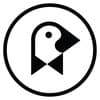 Fandor
Fandor
 Plex
Plex
